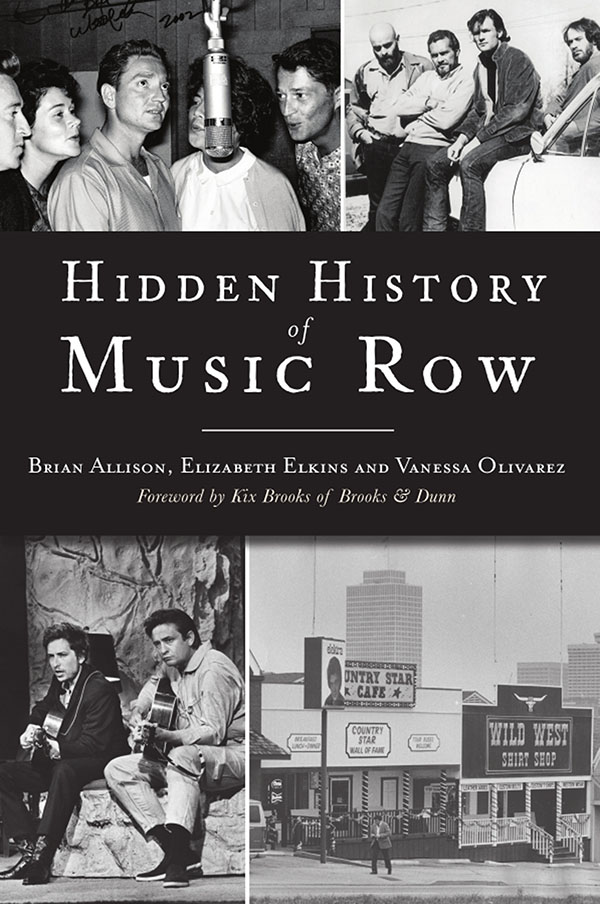Social History, Illuminated
Historian Ernest Freeberg looks at the sometimes surprising ramifications of electric lighting
In The Age of Edison, Ernest Freeberg, distinguished professor of humanities at the University of Tennessee, has written a marvelous page-turner. It is a history book without kings and queens, wars, battles, or politics. Instead, electric light is the window through which Freeberg views change in many aspects of American life: the culture of invention, the race to a patent, and the lure of resulting riches. While pure science was mostly a European endeavor, Americans were driven to develop technology; it was their new frontier. New inventions were widely reported in newspapers and became a source of national identity and pride. The heroes of the late Victorian Gilded Age were, in the United States at least, inventors.
The first electric lights were developed in the early years of the nineteenth century. By the late 1870s, these arc lights were illuminating cities, large factories, and even department stores. But arc lights tended to be unreliable; required dangerous, high-voltage power; and were too brilliant to use in smaller places. Inventors raced to find a practical application for the already well-known principles of incandescent light. In fact, several inventors came up with essentially the same solution to the filament problem, but Edison was uniquely positioned to capitalize on it: he had already earned a reputation with his phonograph, moving pictures, and improvements to telegraph transmission, and he had the ear of both the patent office and important media outlets. He also kept expectations high with regular press releases about his progress, though his own self-imposed deadlines repeatedly passed unmet.
 Edison finally did demonstrate his own incandescent bulb at the end of 1879, opening his Menlo Park research facility to the enthusiastic public. Because of his reputation, he soon had the investment capital to commercialize his system, which involved not only the production of the bulbs, but the equipment—improved steam-powered dynamos, connection buses, wiring, and switches—to power thousands of lights from a central station. Installations soon followed in lower Manhattan and other major cities. And the big expositions popular in the Gilded Age—like the Paris exposition of 1881, where Edison had the most impressive display of any competitor, and the Philadelphia International Electrical Exposition of 1884—showed the public that darkness had been overcome, once and for all.
Edison finally did demonstrate his own incandescent bulb at the end of 1879, opening his Menlo Park research facility to the enthusiastic public. Because of his reputation, he soon had the investment capital to commercialize his system, which involved not only the production of the bulbs, but the equipment—improved steam-powered dynamos, connection buses, wiring, and switches—to power thousands of lights from a central station. Installations soon followed in lower Manhattan and other major cities. And the big expositions popular in the Gilded Age—like the Paris exposition of 1881, where Edison had the most impressive display of any competitor, and the Philadelphia International Electrical Exposition of 1884—showed the public that darkness had been overcome, once and for all.
Freeberg’s major emphasis is the spread of electric light and its enormous effect on American work, entertainment, family life, safety, medicine, social class, architecture, business, and industry. At first, he notes, electric light was mostly confined to the streets, parks, theaters, department stores, and factories of dense cities because Edison’s distribution system was not suitable for powering lighting outside an urban core. A few extremely wealthy families could afford to light their own homes, but everyone else saw electric light only at work and in public spaces, which were now safer after dark. Advertisers were quick to apply electric lighting to their signs, and places like Times Square were soon garishly ablaze. Nightlife greatly expanded, a condition that created an incentive for young people to leave their small towns and farms and head for the city. “This trend,” writes Freeberg, “jarred against the nation’s long-cherished belief that the fate of the Republic rested with its independent, landholding farmers.”
Electric light in turn lengthened the hours for factory workers and improved efficiency in industries requiring intricate work. Medicine also benefitted, with better operating-theater lighting and high-intensity lighting to look down throats and through semi-transparent tissue. When domestic lighting did eventually come into middle- and lower-income homes, it changed living patterns. Families no longer clustered around a single dim kerosene lamp in the evenings to talk and tell of their days, but could go to their own rooms and read. Critics of the time complained that the “late hours and early hours, travelling and reveling’” made possible by electric light led to “softening of the brain, baldness, spectacle wearing, premature aging and early death.” There were many boosters, however, who regarded the early 1880s as a turning point in American history, the years in which technological progress became the expected norm.
Ernest Freeberg will discuss The Age of Edison; Electric Light and the Invention of Modern America at Union Ave. Books in Knoxville on February 21 at 6 p.m.


